A few weeks ago, What’s It Wednesday was all about chickens and their history. If you missed it, you can read it here.
This week, it seemed only natural to follow-up with the incredible edible egg!
Eggs of all sorts have long been a food source for people. Food historians attest that humans have been consuming eggs for over 6 million years. Originally, eggs taken from the nests of wild birds, were eaten raw.
"Eggs from many species of fowl (birds) have doubtless been consumed since the very beginning of humankind's stay on earth. In historical times, ancient Romans ate peafowl eggs, and the Chinese were fond of pigeon eggs. Ostrich eggs have been eaten since the days of the Phoenicians, whereas quail eggs, as hard-cooked, shelf-stable, packaged products, are now featured on many gourmet food counters in the United States and Japan. Other eggs consumed by various ethnic groups include those from plovers, partridges, gulls, turkeys, pelicans, ducks, and geese. Turtle eggs have been highly prized, and in starvation situations, any eggs, even those of alligators, have been relied upon."
---Cambridge World History of Food, Kenneth F. Kiple and Kriemhild Conee Ornelas [Cambridge University Press:Cambridge] 2000, Volume One (p. 499)
Chicken, duck, and goose eggs are the most commonly eaten eggs today. Quail eggs and ostrich eggs, considered a delicacy, are popular with gourmet chefs. Quail eggs are quite dainty. However, In the case of an ostrich egg, you need to have a big appetite. One egg equals about 24 chicken eggs!
Chickens, and consequently, eggs were first brought to the Americas on Christopher Columbus’ second trip in 1493. By the late 1800s and early 1900s, egg production was a backyard industry.
In the 1920s, 44% of Americans lived on farms and most had small flocks of chickens.
Single-Comb White Leghorn chickens were the breed of choice.
For the most part, the eggs were for family use, although extras were shared with neighbors and sold at local farmers’ markets. Chickens roamed freely which presented some problems. They were exposed to weather and predators. And hens were free to lay their eggs anywhere, which made gathering the eggs more of a seek and find, time- consuming mission.
The solution was the not-so-edible egg!
Ceramic or wooden eggs, referred to as “nest eggs” were used to induce a free-range chicken to lay eggs in one specific spot. Still used today, chicken owners plant the fake eggs in a nest or box to encourage the hen to lay in that one place only.
In 1925, the US Department of Agriculture began to distribute voluntary guidelines for grading eggs based on weight, not size. Farmers and stores used special scales to weigh and grade their eggs.

In 1925, the U.S. Department of Agriculture began to distribute voluntary guidelines for grading eggs. The 2020 guidelines place eggs in six categories, based on the net weight of an entire dozen. The current designations are jumbo - 30 ounces per dozen (works out to 2.5 oz per egg); extra large - 27 ounces per dozen (2.25 oz per egg); large - 24 ounces per dozen (2 oz per egg); medium - 21 ounces per dozen (1.75 oz per egg); small - 18 ounces per dozen (1.5 oz per egg); and peewee - 15 ounces per dozen (1.25 oz per egg.)
Egg production began to change in the 1930s and ‘40s when research indicated that hen houses produced healthier chickens who laid more eggs. The houses kept hens out of the heat, safer from predators, and away from disease and parasites carried by rodents. Wire flooring added to the hen houses improved sanitation. Gathering eggs was a simpler chore. In the 1920s, with free-range, the mortality rate of chickens was 40% and the eggs laid per year, per hen was 150. By the 1940s, with improved housing, the mortality rate was down to 5% and a hen laid 250 eggs per year.
Egg farming still brought liabilities. Collecting eggs was still done by hand. Eggs were carried in baskets or pails.
Shopkeepers displayed their eggs in bins or baskets. Cracking and breakage was bound to occur.
In 1911, a Canadian, Joseph Coyle, living in Smithers, British Columbia, overheard an argument between the owner of the Aldermere Hotel and Gabriel LaCroiz, a local rancher. The hotel owner was upset. Few of the delivered eggs ever arrived intact because the rancher piled all the eggs into one basket for delivery.
Coyle, who was a journalist and publisher of the local Bulkley Valley newspaper was also a “creative and resourceful man” according to Ellen Myton, Coyle’s daughter in a 1982 British Columbia Historical News article about her father’s legacy.
Joseph Coyle invented what was the precursor to today’s egg carton. He designed a carton with individual slots made of newspaper for the eggs to sit in. “Dad’s cushioned egg carton solved the problem,” said Mrs. Myton. “It was even demonstrated that you could drop the carton (in a certain way!) and the eggs survived intact.”
Coyle was granted a patent in 1918 for the first Egg Box.
At first Coyle made the cartons by hand. In 1919, he revolutionized the egg packing industry when he began to manufacture his egg cartons. Coyle designed the machines required for production and partnered with United Paper Products of Vancouver. He later produced his egg cartons through his own company. The Coyle Safety Egg Carton was eventually manufactured in factories in Los Angeles, Chicago, Indiana, Pittsburgh, New York, Toronto and London, Ontario. Over the years, Coyle received 18 different patents on improvements to his egg carton design. At one time, the New York factory produced 100 million egg cartons annually.
The carton in our collection was produced by the Oakes Co., Inc. of Tipton, Indiana. I’m not sure if eggs packed in it would survive intact today.
Now when you reach for your carton of eggs, you can thank Joseph Coyle that usually, the eggs are well-protected in one piece.
But the caveat is still true. Don’t put all your eggs in one basket.
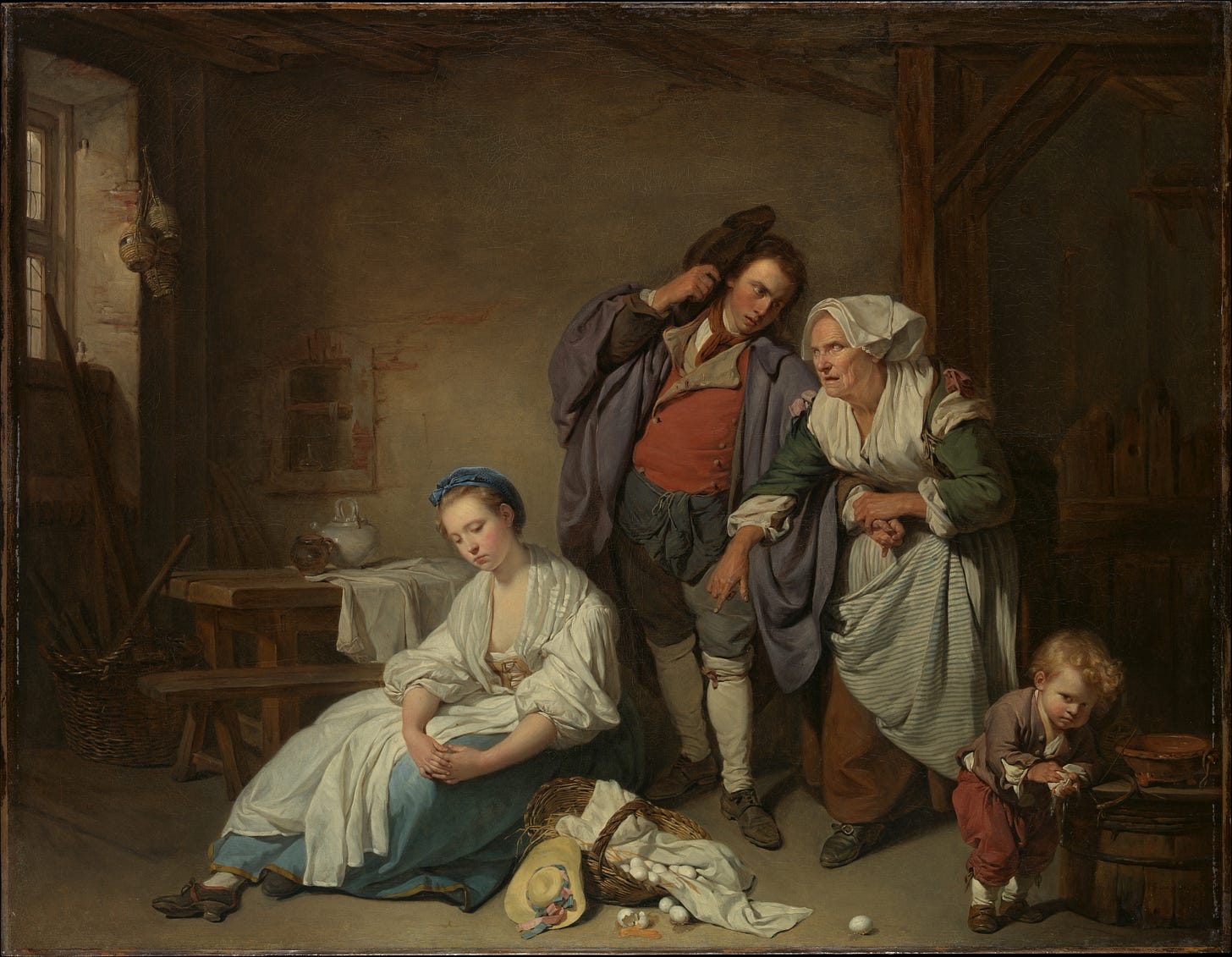
Thanks for reading!
A little Egg trivia, just for fun –
Did you know that eggs contain the highest quality protein you can buy?
You can spin an egg to find out if it’s hard boiled or raw. (If it spins easily and smoothly, no wobbles, it is hard-boiled.)
Eggs are one of the few foods that are a natural source of Vitamin D.
The word Mayonnaise comes from the medieval French word “moyeu” meaning yolk.
The production volume of eggs worldwide exceeded 86.67 million metric tons in 2020.
China is the world's largest egg producer, with 38 percent of global production, followed by the United States and India, both at 7 percent.
Please share your comments, pictures, or memories. I’d love to hear your stories. You can comment below or email me at mhelmers@andoverhistoryandculture.org
Marilyn
History Buzz is a reader-supported publication. To receive new posts and support our work, consider becoming a free or paid subscriber.
Resources:
Andover Center for History and Culture Collections
Joseph Coyle Egg Carton Inventor


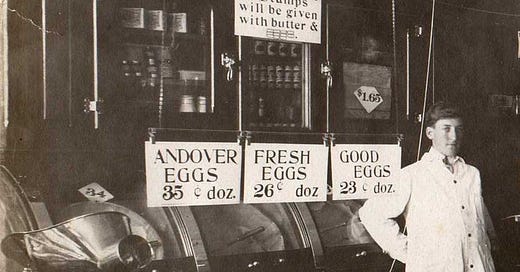



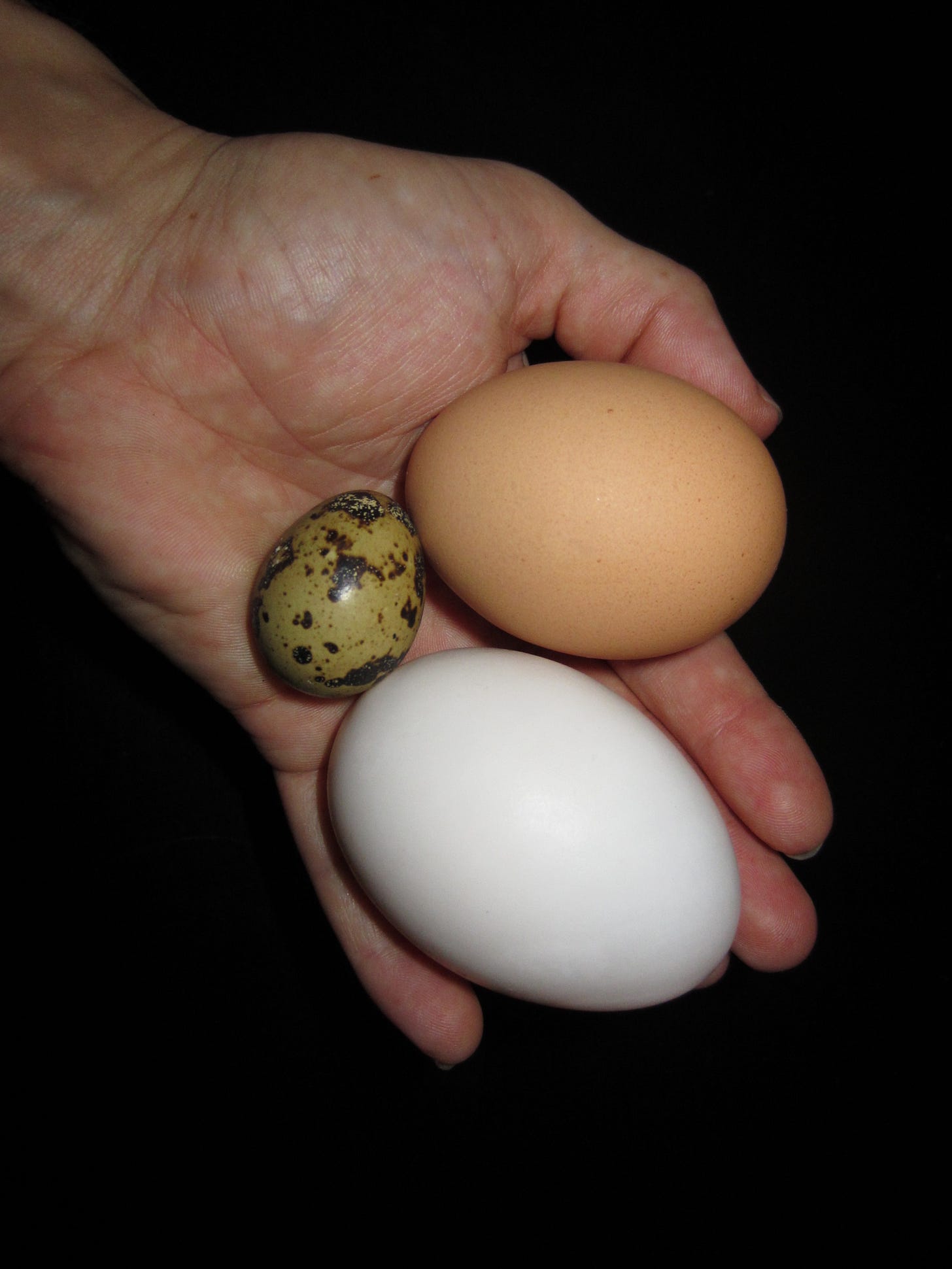
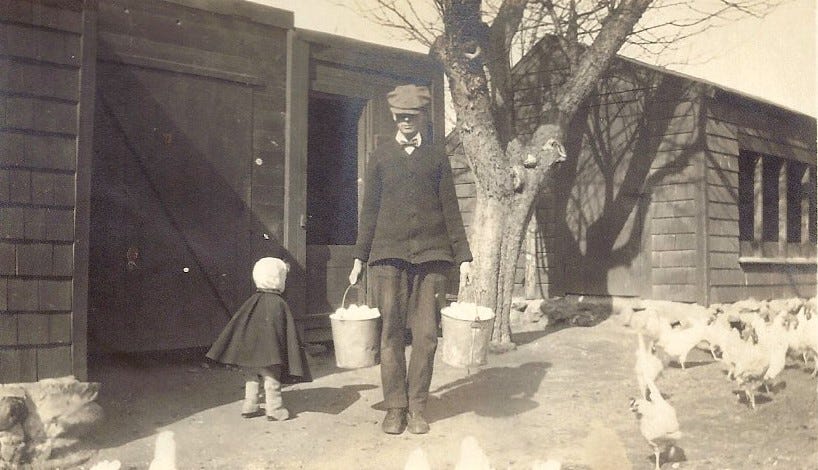
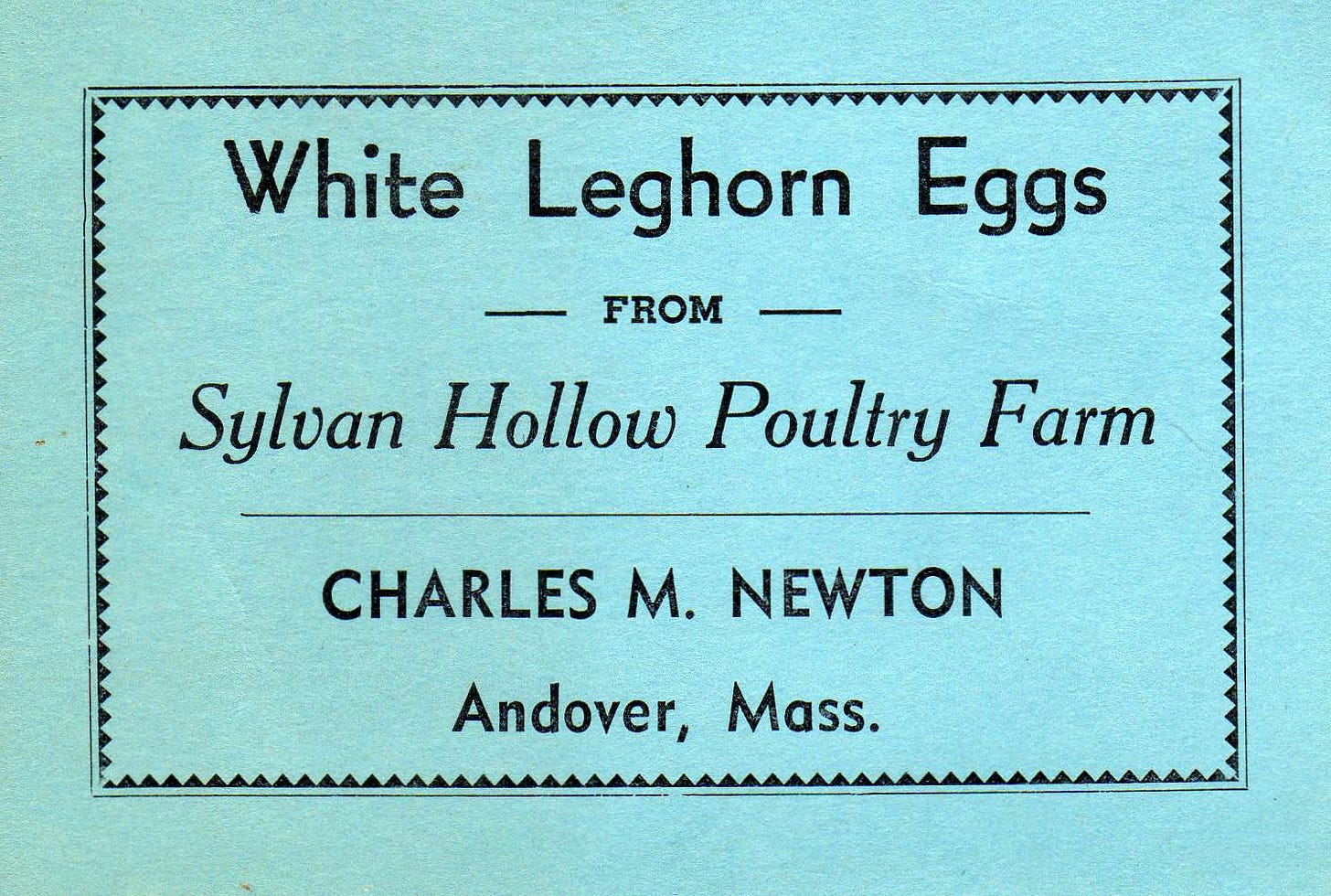





wonderful and informative! Never knew we had so many egg related objects in our collection!
Hi Marilyn! This was a fun and informative article! It is especially timely as more of my suburban friends have take up raising chickens in their backyards. Love to the family! Steve Longo